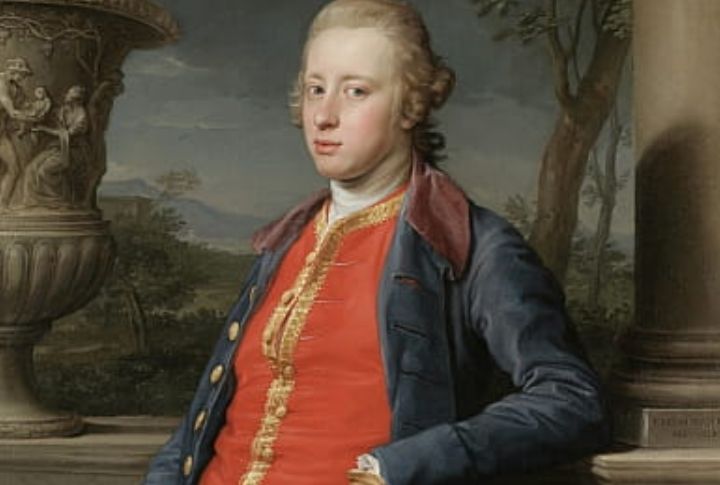
Fortunes flowed freely through Britain’s noble estates—but not always wisely. These British nobles found outrageous ways to turn immense wealth into personal playgrounds. Their spending habits turned heads then and still do now. Let’s stroll through the strangest chapters of upper-crust indulgence. You may not believe how far grandeur can go until you’ve seen all ten.
The Duke Who Dug Himself Into Debt
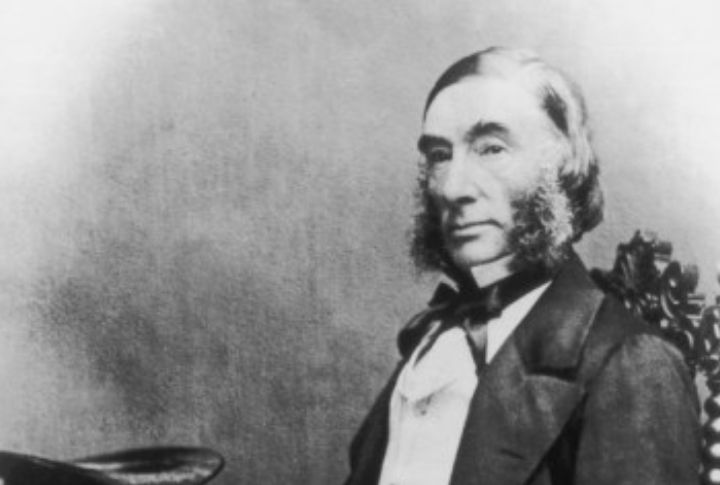
William Cavendish-Scott-Bentinck’s underground project stretched beyond reason. At Welbeck Abbey, he built pink chambers and observatories beneath the surface. Laborers toiled for decades to maintain the tunnels, and the estate ultimately became unsustainable. His isolationist habits turned eccentricity into expense.
The Marquess Who Bankrupted Himself For Theater
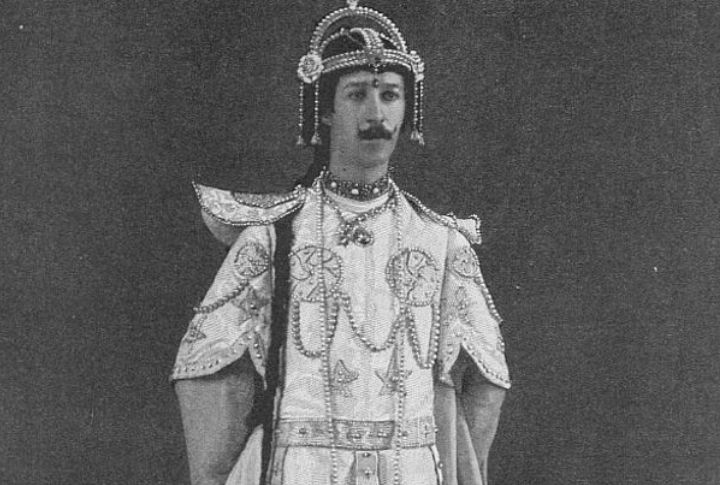
By the time he turned 29, this theater-loving marquess had nothing left. Henry Cyril Paget’s chapel didn’t host sermons—it staged his personal dramas. His inheritance vanished into costumes and props. His car also emitted patchouli, and a perfumed poodle often accompanied his extravagant outings.
The Duke Who Hosted Banquets For Dogs
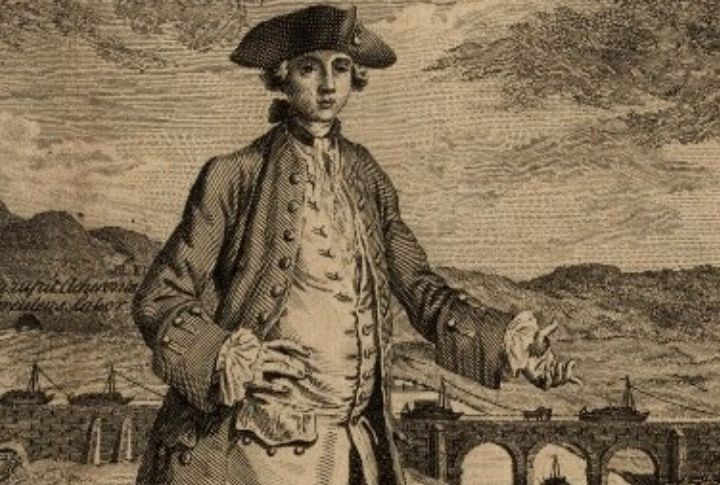
No human dinners could compete with the feasts Francis Egerton prepared for his pets. Dogs wore costumes and devoured elaborate meals inside his mansion. It was often noted that he did this to avoid human guests entirely. Prioritizing animals over people, he poured staggering wealth into a lifestyle few understood.
The Squire Who Burned Through His Wealth
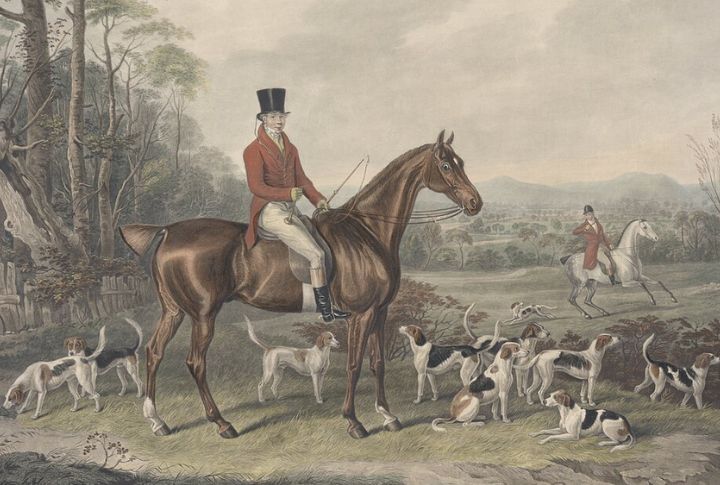
John “Mad Jack” Mytton once rode a bear straight into a dinner party and set himself on fire to cure hiccups. He inherited £60,000 (around $8 million today) and spent it wildly, pampering 2,000 dogs with steak and champagne. After exhausting it all, he ended up alone in debtor’s prison.
The Baron Who Turned His Estate Into A Circus
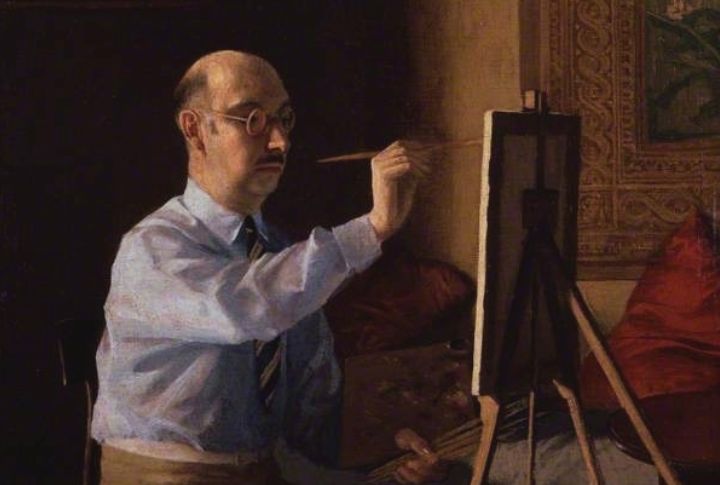
Gerald Tyrwhitt-Wilson never let aristocracy get in the way of absurdity. He colored pigeons, entertained horses with tea parties, and added joke signs to a tower he built. A clavichord also played inside his Rolls-Royce. Lavish oddities filled the estate, where even a pet giraffe wandered without raising eyebrows.
The Baronet Who Built Walls Then Tore Them Down
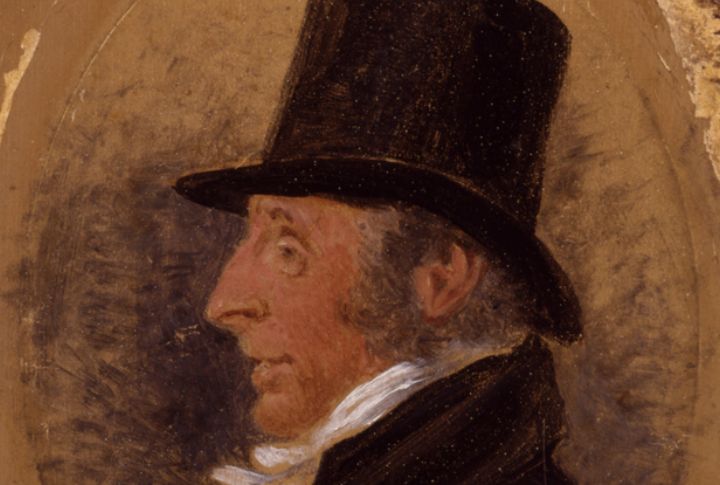
This Baronet’s obsessive approach to architecture created costs that quickly ballooned. Sir Tatton Sykes ordered miles of dry stone walls across his land, then abruptly commanded their destruction. Workers followed his shifting plans without explanation. By the end, his estate reflected decisions built on whims rather than enduring purpose.
The Marquess Who Painted Suggestive Murals Across His Mansion
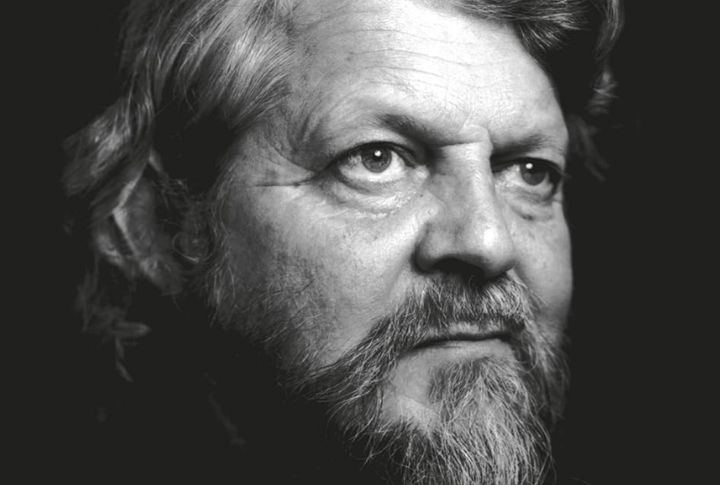
Alexander Thynn used his safari park income to fund a life shaped by desire and control. Longleat House became his canvas for sensual murals inspired by the Kama Sutra. He housed dozens of mistresses across the estate and even boycotted his son’s wedding when mural removal entered the discussion.
The Baron Who Bathed For Days
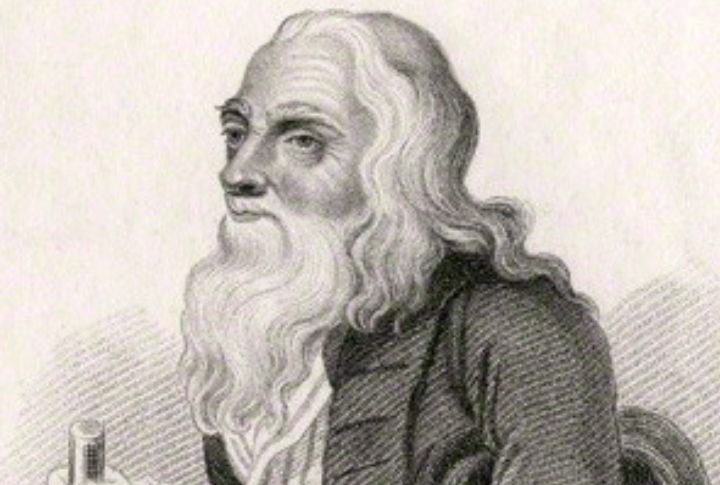
This baron built a glass bathhouse, soaked during meals, and rejected hot drinks entirely. Matthew Robinson believed cold water could cure all. His only beverages were water and beef broth. As his obsession with immersion deepened, he isolated himself and directed increasing estate funds into public fountains and ritualistic routines.
The Baroness Who Curated A Fantasy World
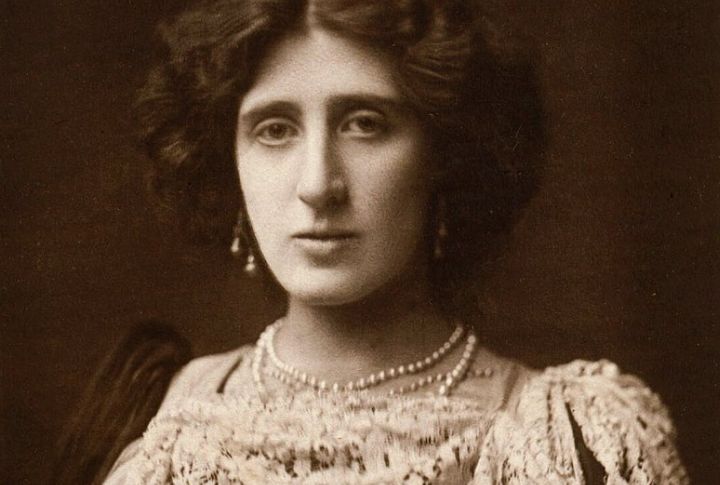
Lady Ottoline Morrell transformed her estate into a world where reality took cues from fiction. She wore dramatic gowns and decorated each room with literary themes. Poets and thinkers gathered in spaces lined with rare manuscripts, but the cost of this self-made world steadily drained her inherited fortune.
The Duke Who Collected Everything
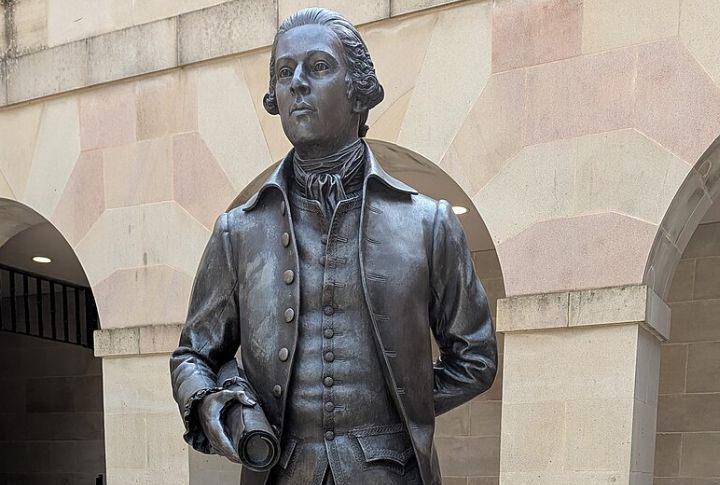
Rooms at the Chatsworth House became carefully designed exhibits that required continuous upkeep. William Cavendish filled it with preserved animals and obscure oddities. His vision of a private wonderland consumed the estate’s finances and slowly shifted the property from a home into a full-time curatorial project.

